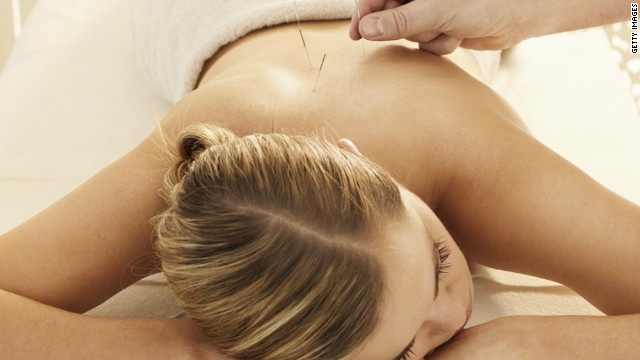Comparing Types of Acupuncture Stimulation: Microperfusion and HRV
Kristen Sparrow • January 05, 2013

 I like studies comparing points and their outcomes. Here they compare the type of stimulation at the acupuncture points and the resulting changes in the local skin reaction and the subjects HRV and Heart Rate before, during and after the session. Nicely done!
I like studies comparing points and their outcomes. Here they compare the type of stimulation at the acupuncture points and the resulting changes in the local skin reaction and the subjects HRV and Heart Rate before, during and after the session. Nicely done!
A Transcontinental Pilot Study for Acupuncture Lifting-Thrusting and Twisting-Rotating Manipulations
Tao Huang, 1 ,* Weibo Zhang, 1 Shuyong Jia, 1 Yuying Tian, 1 Guangjun Wang, 1 Lijian Yang, 2 Ingrid Gaischek, 3 Lu Wang, 3 and Gerhard Litscher 1 , 3 ,*
Free Article
Abstract
The goal of this study was to observe possible changes of the skin microvascular perfusion on the acupoints and related areas and to quantify influences of acupuncture stimulation on the volunteers’ blood pressure, heart rate, and heart rate variability (HRV). During the measurement, the needling sensations of volunteers were enquired and recorded. Ten healthy volunteers with a mean age ± SD of 25.4 ± 2.6 years were enrolled, and acupuncture stimulation was performed on ST36 (Zusanli, right side), in pure lifting-thrusting or twisting-rotating manipulation. During needling, we observed the changing of microvascular perfusion on ST36, 37, 38, and a control point using MOOR speckle laser blood flow scanning. Electrocardiogram and blood pressure were registered before, during, and after needling. Both lifting-thrusting and twisting-rotating needle manipulations could decrease blood pressure and heart rate while improving HRV significantly. There were significant differences in microvascular perfusion on acupoints ST36, 37, 38, and the control point following these two kinds of needle manipulation. The needling sensation caused by lifting-thrusting is stronger than that of twisting-rotating manipulation. Significant differences between lifting-thrusting and twisting-rotating acupuncture stimulation methods show that the mechanisms may be different and need to be researched thoroughly in the future.

